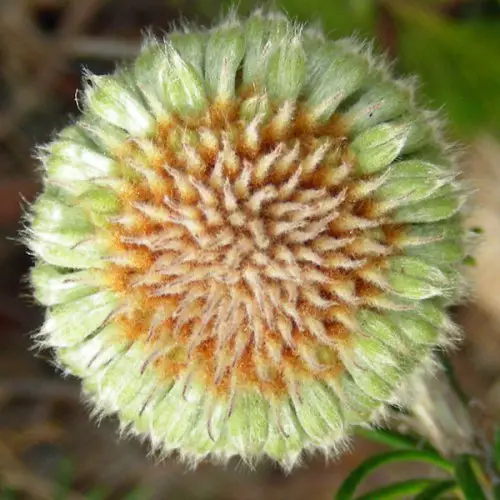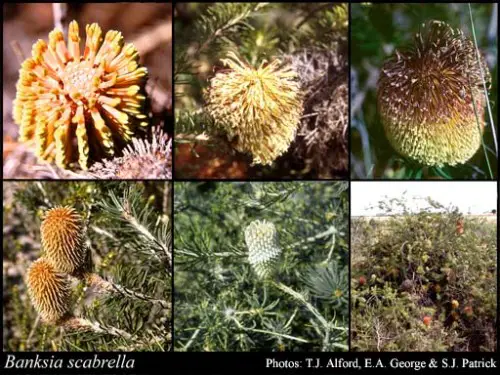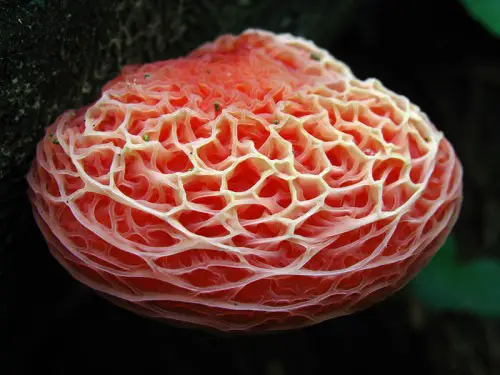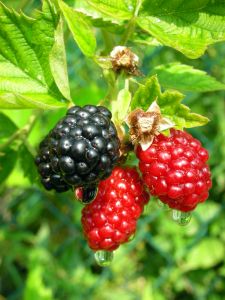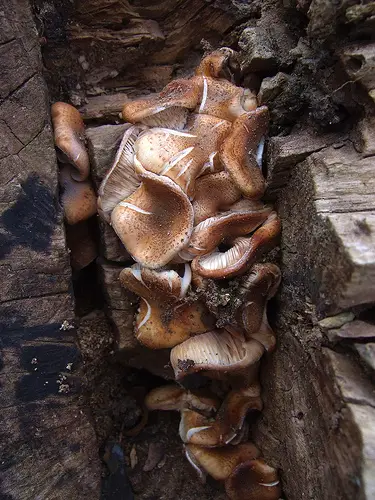Burma Road Banksia
The Burma Road Banksia is a woody shrub found in the genus Banksia. It is one of several species that have shrubs with oval or small round inflorescences (flower spikes). They were first discovered in 1966 in Walkway, near the Western Australian major regional town of Geraldton. It was first thought to be another form of a banksia that was already scientifically described, but Alex George who was a banksia expert, revised this in 1981. Although it is rarely seen as a cultivated plant, it does have horticultural potential.
They are found in only 2 areas in scattered populations. The first is in south-east of the small town of Walkway, which is just south of Geraldton. The most populous cluster of Burma Road Banksias have been found south-east of Mount Adams, also in Western Australia. Both of these areas have an average rainfall of around 450 mm. It is usually found in white sand or deep pale yellow sand in heathland and kwongan scrubland where it is either flat or have gentle slopes. However, half of the known population of the Burma Road Banksia is actually found on road verges.
It is a plant that is on the Declared Rare and Priority Flora list. Its prioritisation is level 4 – rare, which means that it is rare but is not threatened by any identifiable factors. However, this requires monitoring every 5 to 10 years. It is known that there are over 100 Burma Road Banksias existing today.
The Burma Road Banksia is a low shrub that grows up to 2 metres tall and 3 metres wide. It is a plant that spreads wide and low. Flowers will occur during September to January (I.e. during spring and summer) however, it has also been recorded to bloom in April. Flowers will grow on the inflorescences which are either oval or round in shape and are either tan or cream in colour. The upper floral parts are purple, while the rest of the flowers are cream or light yellow.
Fortunately, this plant does not require any special treatment in order for it to germinate. It will germinate between 14 – 16 days. Although it is rarely cultivated by gardeners or home owners, they can grow between 3 to 5 years from the seed. It has been growing successfully in South Australia, however information is rather limited. What we do know is that in captivity, they are fist growing but are untidy so they require regular pruning. Some of the Burma Road Banksias have a more compact and less unruly habit, and are more useful for horticultural purposes.
